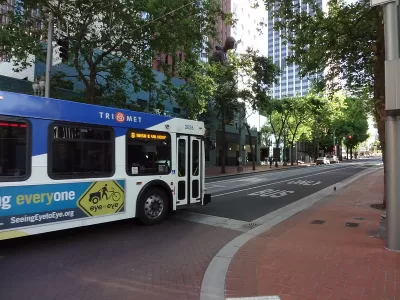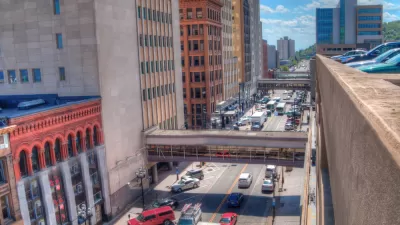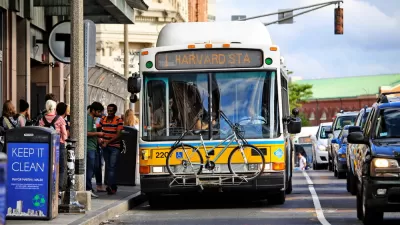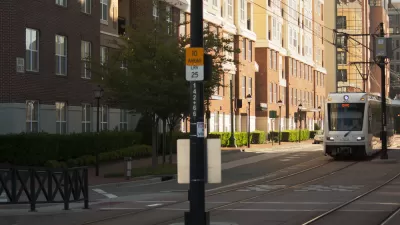Portland is redesigning its bus system to respond to the changing patterns of the post-pandemic world—with twin goals of increasing ridership and improving equity.

TriMet launched redesigned bus service in SW Portland on August 27, the first phase of the ongoing “Forward Together” service redesign.
“Forward Together is focused on equity and will make it easier for more people to connect with opportunities throughout the region,” according to an article published by Mass Transit magazine. “It moves some service from areas with low ridership and higher incomes to those where there are more people with lower incomes, who rely on transit to make important daily connections such as getting to work, school, health care and other services.”
“In the first bulk delivery of improvements and adjustments, TriMet is expanding its Frequent Service network and making it easier and more convenient to ride, with buses arriving more often at more times and on more days,” according to the article, which includes a lot more specifics for the plan.
TriMet touted Forward Together as one of its responses to an unprecedented driver shortage—a common issue in transit agencies around the country in the wake of the pandemic. But an article by Jarrett Walker (Walker’s firm consulted on the project with TriMet and is based in Portland) on the Human Transit blog notes that by the time the plan is fully implemented, TriMet will be operating 10 percent more service than in 2019.
According to Walker, the goal of more equitable service was pursued coequal with increased ridership. “The plan includes a major expansion of the Frequent Network in high demand areas, and new local routes in underserved suburban areas with large low-income populations,” according to Walker. “Where TriMet was running services that are justified neither by ridership nor by equity, the plan reduces or even eliminates those services.”
FULL STORY: TriMet implementing first Forward Together service changes starting Aug. 27

Americans May Be Stuck — But Why?
Americans are moving a lot less than they once did, and that is a problem. While Yoni Applebaum, in his highly-publicized article Stuck, gets the reasons badly wrong, it's still important to ask: why are we moving so much less than before?

Using Old Oil and Gas Wells for Green Energy Storage
Penn State researchers have found that repurposing abandoned oil and gas wells for geothermal-assisted compressed-air energy storage can boost efficiency, reduce environmental risks, and support clean energy and job transitions.

Placekeeping: Setting a New Precedent for City Planners
How a preservation-based approach to redevelopment and urban design can prevent displacement and honor legacy communities.

San Francisco’s Muni Ridership Grew in 2024
The system saw its highest ridership since before the Covid-19 pandemic, but faces a severe budget shortage in the coming year.

Colorado Lawmakers Move to Protect BRT Funding
In the face of potential federal funding cuts, CDOT leaders reasserted their commitment to planned bus rapid transit projects.

Safe Streets Funding in Jeopardy
The Trump administration is specifically targeting bike infrastructure and other road safety projects in its funding cuts.
Urban Design for Planners 1: Software Tools
This six-course series explores essential urban design concepts using open source software and equips planners with the tools they need to participate fully in the urban design process.
Planning for Universal Design
Learn the tools for implementing Universal Design in planning regulations.
Heyer Gruel & Associates PA
City of Moreno Valley
Institute for Housing and Urban Development Studies (IHS)
City of Grandview
Harvard GSD Executive Education
Salt Lake City
NYU Wagner Graduate School of Public Service
City of Cambridge, Maryland





























